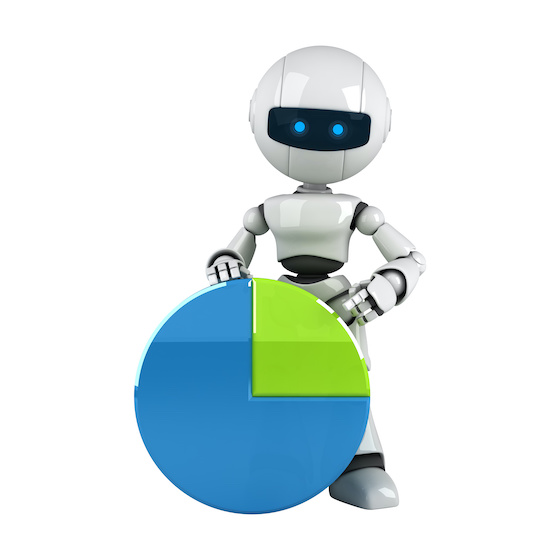
Plenty of Americans worry about robots taking all the jobs. At the same time, labor shortages are bedeviling employers across the nation. Robot orders have skyrocketed — 2021 is on track to be the biggest year for robot sales ever.
Some people are seeing opportunities for automation in all this, while others are worrying that human workers — when they’re finally ready to get back to work — will find that their jobs have been taken over by robots.
The Lump of Labor fallacy
Time will tell But one factor that should be taken into consideration is the Lump of Labor fallacy. This is not one of the great classic logical fallacies like post hoc, ergo propter hoc or the undistributed middle. But it is a fairly popular idea.
The idea is that there is a certain amount — a lump — of demand for labor available. There is a certain number of jobs, maybe just enough for all the people in town. Bringing in more workers, say by encouraging immigrants or in our case by buying robots, means that there will not be enough jobs to go around.
This is a fallacy because work is not actually a zero-sum game. A lump of labor could be like a pie. It’s cut up into the number of pieces to serve all the people at the table. Each person gets one piece, or one job. Bringing more people to the table remans somebody loses their piece of life.
A lump or a pie?
A pie may be more appealing than a lump of labor, but it’s just as clearly an error to think that available jobs are capped at the number that matches the available number of human workers.
Increased demand for goods (something we’re seeing now, post-pandemic) can lead to increased labor needs as manufacturers struggle to keep up with that demand. New technologies can lead to new businesses with new products, requiring new workers to take on the work of producing those goods.
As the St. Louis Fed points out, 41% of Americans worked in agriculture in 1900, and only 2% did so in 2000. The remaining farmers were not all unemployed.
Automation increases productivity and thus often increases the demand for labor. Individual jobs may indeed be lost, but overall, more robots will probably end up meaning more jobs.



